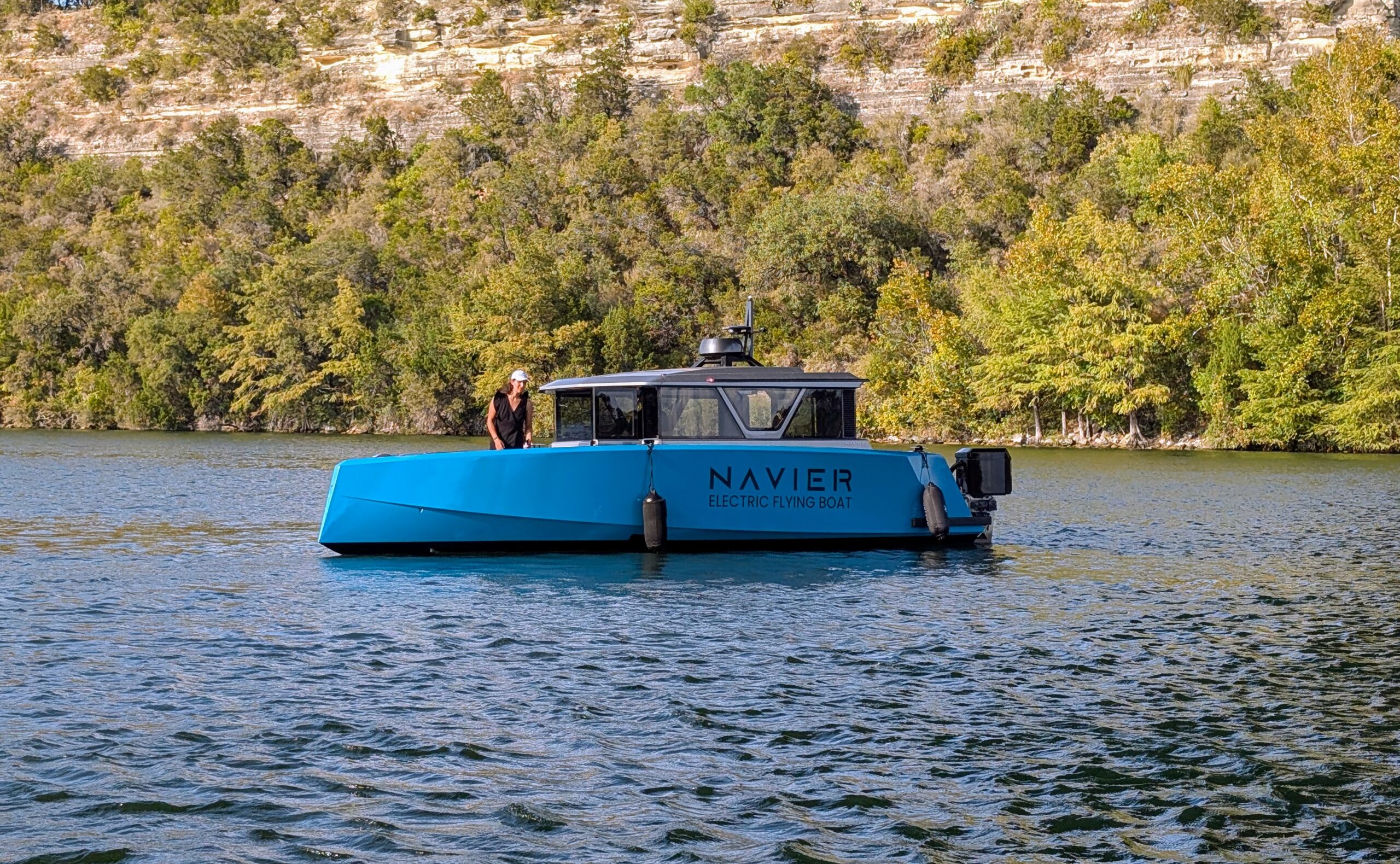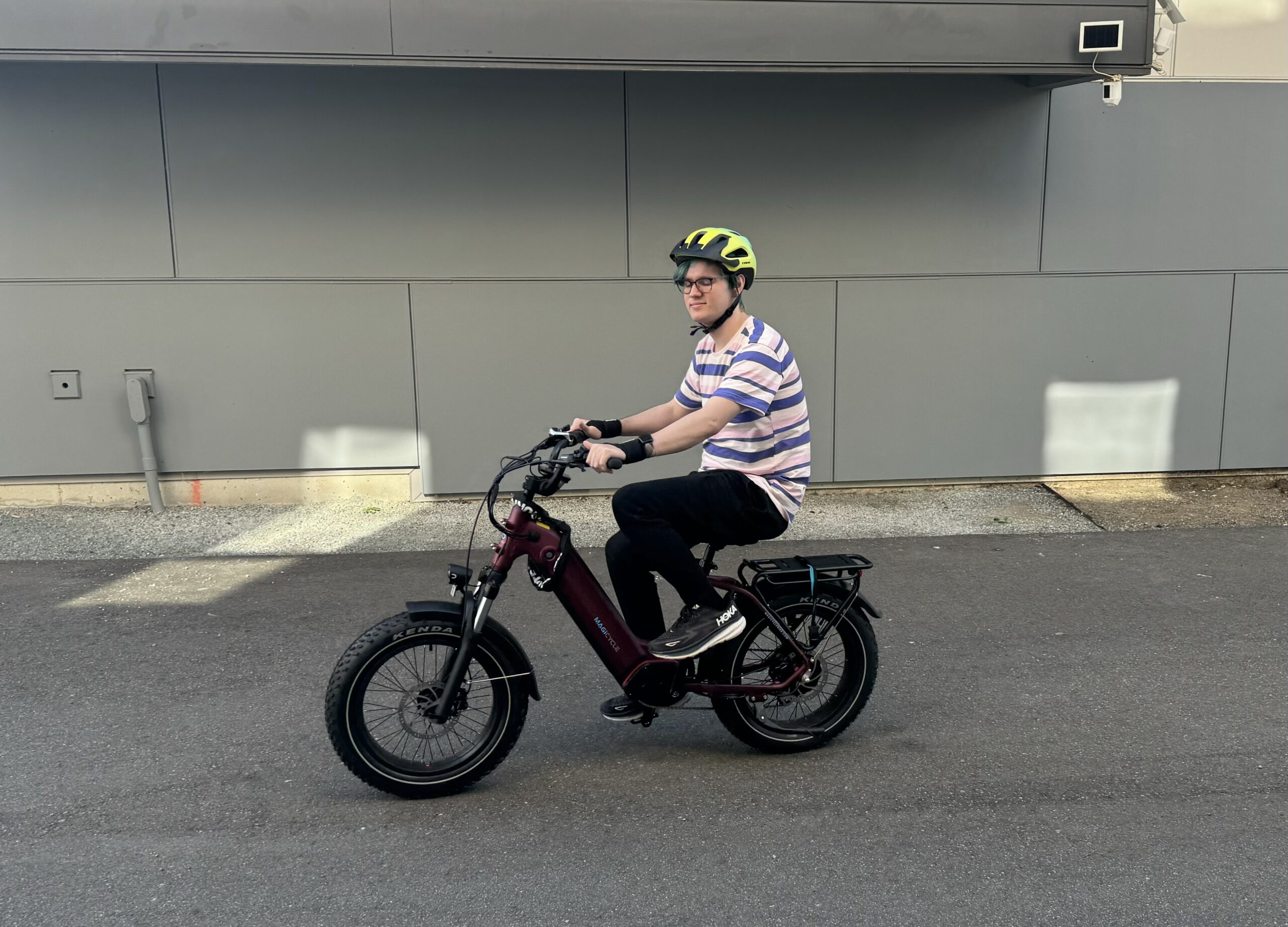Eurasian Resources Group (ERG) is looking to change the early-stage mineral exploration process with a ground-breaking smart exploration rover, NOMAD, launched at the Future Minerals Forum in Riyadh, Saudi Arabia, today.
A remotely-operated soil sampling robot, NOMAD has been specifically designed to thrive in challenging terrains, such as those found in the Kingdom of Saudi Arabia, as well as contribute to a smarter, greener and more sustainable economy.
NOMAD, based on Mars rover technology and developed by ERG Technology Intelligence, a division of ERG, incorporates three core elements that, according to the company, makes it fit-for-purpose in exploration contexts:
- A remote, all-wheel drive semi-autonomous navigation system, key to navigating the Kingdom’s challenging terrain;
- The inclusion of a multi-sensor platform that allows for efficient and immediate scanning of samples, integral to efficient, safe and methodical sampling; and
- A built-in, percussion soil drill, that drills 800 mm into the earth’s surface, to fast-track sampling and transfer to scanning trays.
These features boost efficiency by taking more than 120 samples per day, which, the company says, is a major improvement on the maximum of 30 samples that can be achieved manually.
“With rising temperatures and increasingly arduous geological work conditions, NOMAD can perform formerly manual work more safely and proficiently, while allowing exploration of larger surface areas at pace,” the company explained.
Chile-based robotics company, Godelius, has partnered on the NOMAD development, while the unit incorporates Geotek’s BoxScan multi-sensor platform, which includes a BoxScan X-ray Fluorescence (XRF) sensor for chemistry analysis, a hyperspectral sensor for mineralogy assessment, a magnetic susceptibility laser profiler for magnetic property analysis, and a high-resolution line scan imagery solution for detailed visual data.
“This solution was chosen strategically based on their comprehensive range of exploration capabilities as a multi-element geochemistry solution,” Aaron Baensch, Head of ERG Technology Intelligence, told IM. “NOMAD’s uniqueness lies in its integration of these sensors in a single, mobile, fit-for-purpose drilling and scanning unit, making it the first of its kind to combine these advanced technologies.”

Once samples are collected by NOMAD, it returns to a central, remote, mobile analysis base station which houses the robots and also re-charges the batteries that power them. The base station, part of ERG Arabia’s complete end-to-end smart exploration solution, conducts analysis of the collected sample on site, working to fast-track operations, by helping the geology teams on the ground to make decisions in real time.
“This level of agility is integral to developing a more responsive and sustainable mining sector,” ERG says.
Baensch added: “With NOMAD, we aim to analyse a wide range of characteristics beyond just ore grade, including: elemental composition, mineralogy, magnetic properties and visual data. The units are equipped with low-level sensitivity sensors to detect even trace amounts of elements and minerals.”
The unveiling of the first NOMAD follows successful field testing in Ad Dawadmi, a location where ERG has exploration assets, in December. This focused predominantly on the navigation, autonomy and drilling aspects of NOMAD, according to Baensch.
“The terrain in the areas tested comprised shallow cover over residual regolith and proved the suitability of implementing NOMAD in the region perfectly,” he said. “The robot excelled in boosting operational efficiency by an astounding 400% compared to conventional manual exploration methods.”
In addition to deploying the unit for ERG Arabia’s use, the company is also seeking partnerships with industry, government and research institutions as a means to contribute to sector-wide exploration progress.




